Spain.
Philip III,
100 Escudos 1609,
Segovia.
Unique.
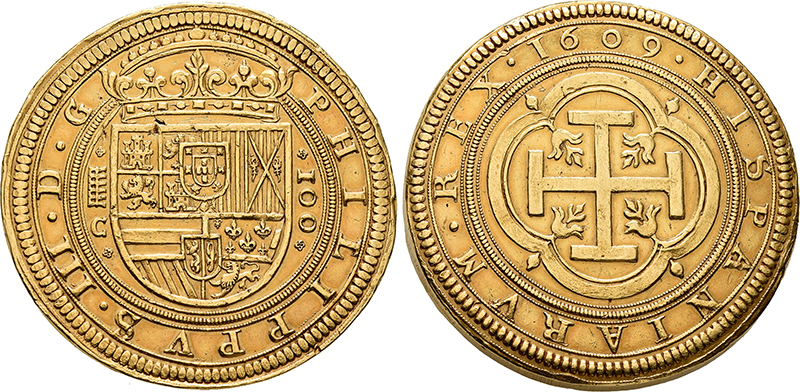

Roman Republic.
Cleopatra VII and Mark Antony,
Tetradrachm 36 BC,
Antioch on the Orontes.
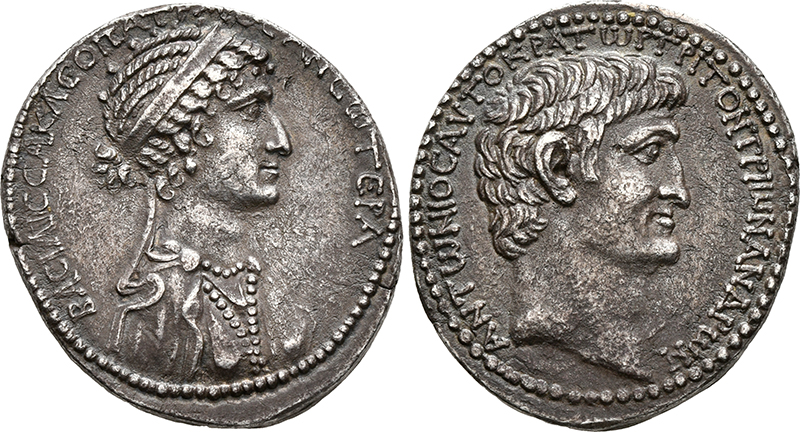
Great Britain.
Henry VII,
Gold Sovereign,
type I, Cross Fitchee, n. d. (1492),
Tower mint.
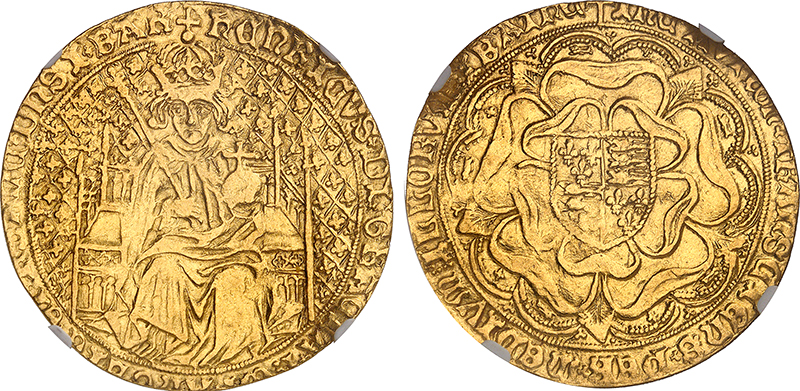
Archive: People and Markets
Reischauer Becomes Part of the Heimerle + Meule Group
With the acquisition of Reischauer GmbH, the Heimerle + Meule Group is expanding its already strong position in the European precious metals market. In the previous year, Heimerle + Meule was already able to substantially enlarge its expertise in precious metal coins and medals by acquiring a majority stake in the Commonwealth Mint.
10th Edition of Friedberg’s Gold Coins of the World
You cannot do without this classic when it comes to identifying gold coins! Now, the 10th edition of Coins of the World has been published.
Archive: Coins, Medals and more
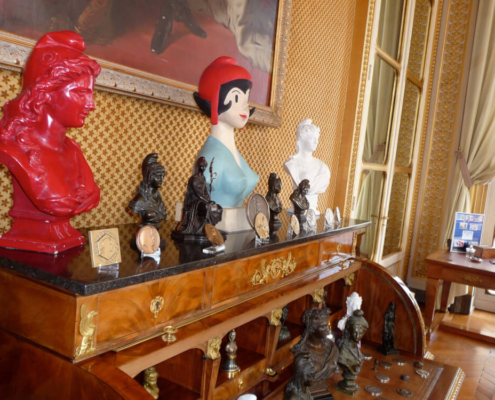
The French Marianne I: Marianne as a Representative of the French People – Part 1
Marianne represents France as a female national allegory. Gabriele Sturm explores how she is depicted on French coins. Part 1 covers the time period until the end of the Third Republic.
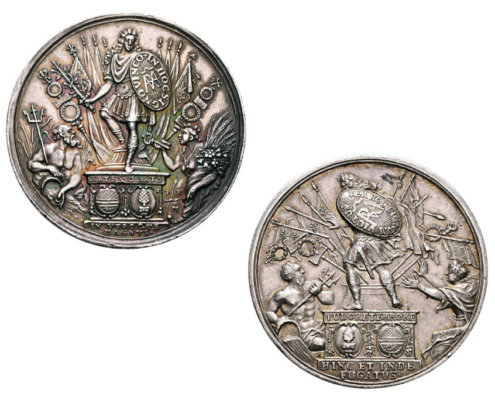
Between Triumph and Tragedy – Maximilian II Emanuel, “The Prince of Bankrupts”
Maximilian II Emanuel of Bavaria, known as gifted general, an avid builder, and a passionate collector of art, led a turbulent life. Medals offered in Auction 18 of Leu Numismatik AG reflect both the heights and humiliations of Maximilian’s military campaigns in southern Germany.







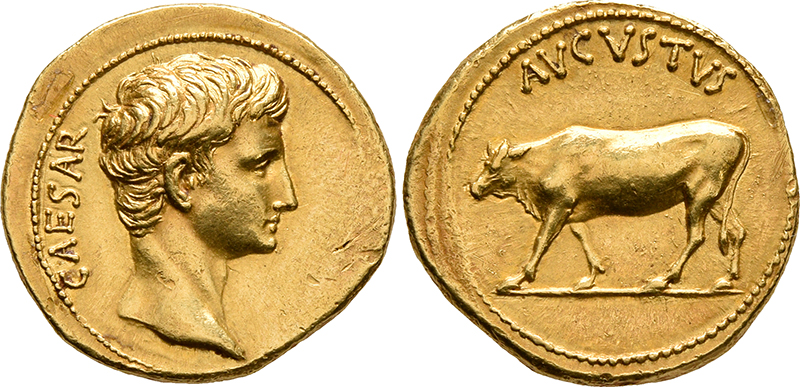
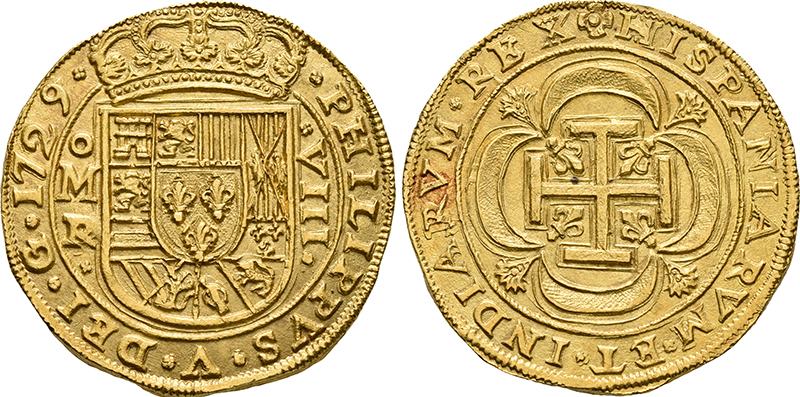
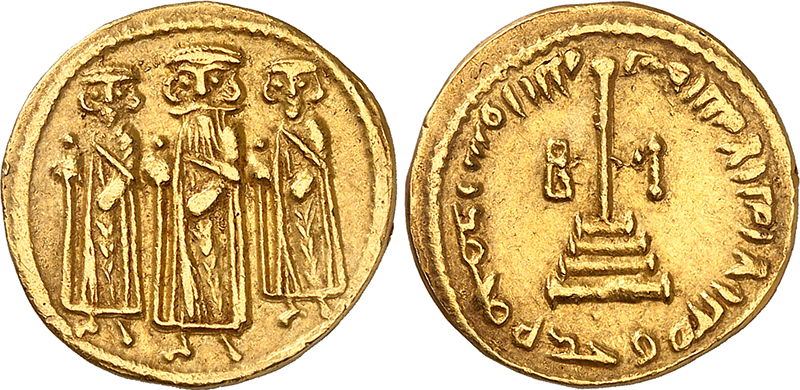
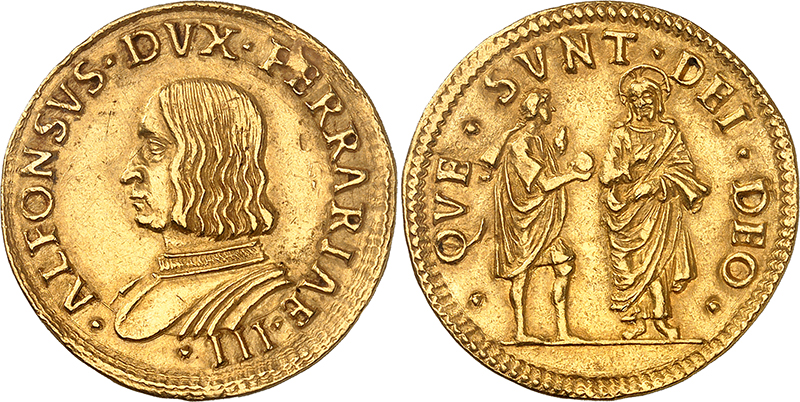
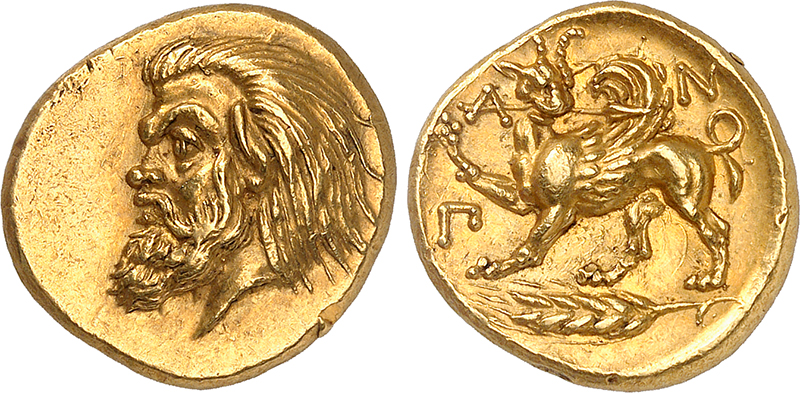
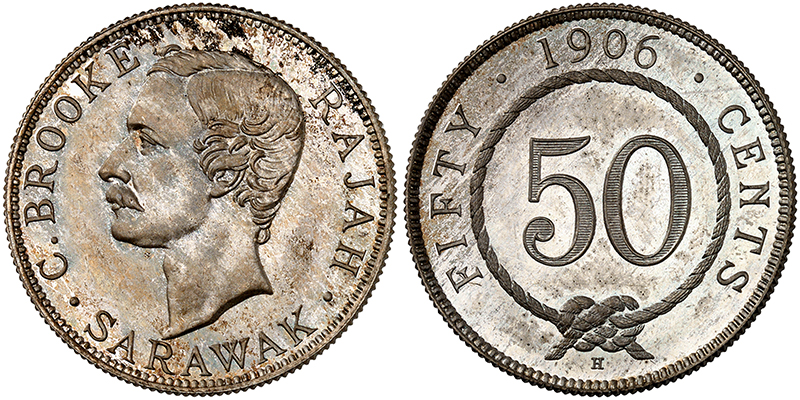
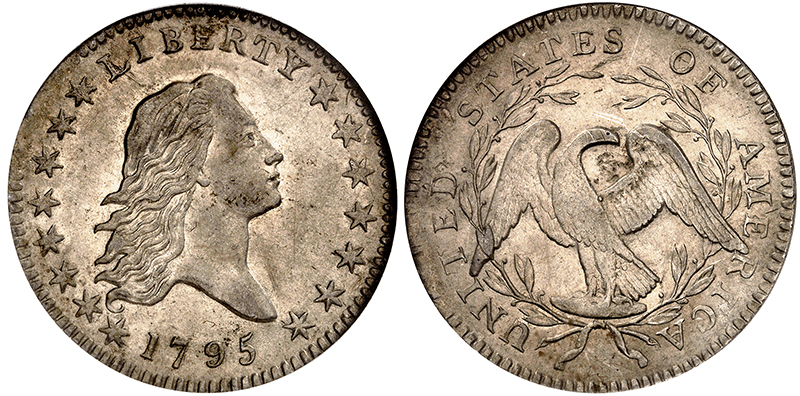

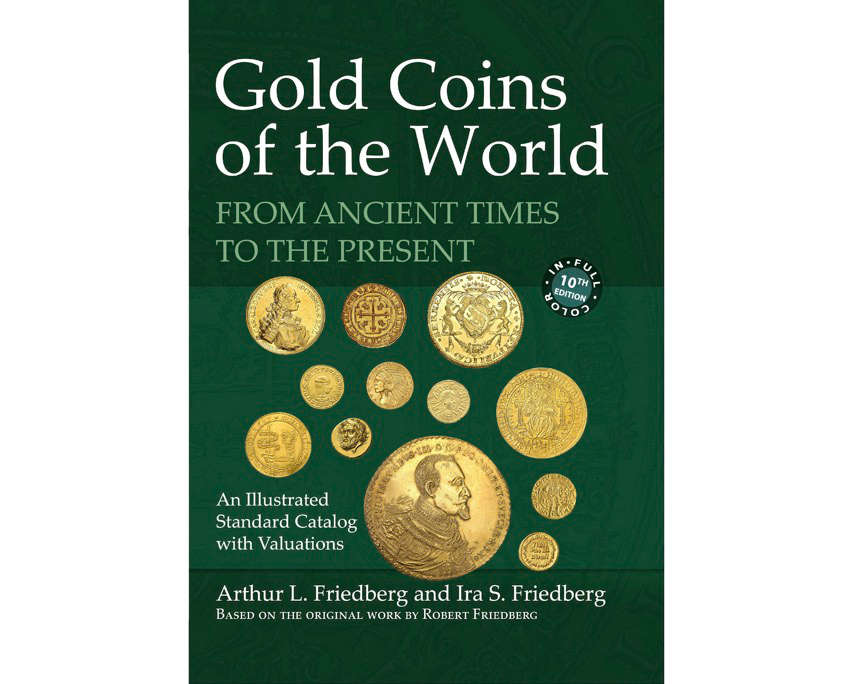

Sir Frederick Henniker: Notes during a visit to Egypt…
200 years ago, Sir Frederick Henniker embarked on his Grand Tour to the Middle East. His travelogue gives a vivid insight into the beginnings of cultural tourism and the antiquities trade. A specimen is currently being offered by Münzen & Medaillen GmbH.
NUMISMATA Under New Management
The NUMISMATA is under new management, as announced on the coin show’s website. Former staff members will take over the organization under the name EMZ Messeveranstaltungs UG. The NUMISMATA in Berlin will also take place again in 2025.